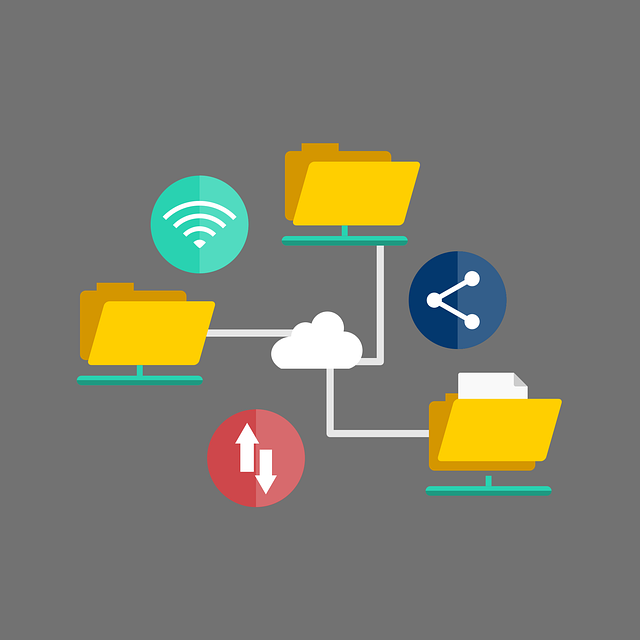SQLServer database corruption doesn’t occur frequently, however, when it does, things can get pretty dicey. It could lead to data loss and considerable downtime. On many occasions, you can identify the issue, but often, the issue may not get detected. This could be incredibly distressing.
The saving grace is that you can avert database issues from taking place. Your SQLServer is competent enough to expect problems and identify the perfect solutions for effectively fixing the issues. You have a plethora of advanced tools or software utilities for detecting corruption issues and eliminating them from your server without compromising the database.
According to Forbes, the variety, velocity, and volume of data are constantly getting accelerated. The situation gets further intensified because of digitalization and also, digital transformation requirements, thanks to the COVID-19 global pandemic. Even today several organizations love the familiarity of SQLServer and other legacy DBMSs. Organizations may experience the integration ease of conventional SQLServer and RDBMS database, however, they will come with contemporary architecture. It is better safe than sorry. You can fix all these issues, but it is much better and wiser to prevent them. Let us explore a few tried and tested ways of preventing SQLServer database corruption.
Smart Tips to Prevent SQLServer Database Corruption
Create a Backup to Rule out Critical Data Loss
Prevention is better than cure. The best safeguard against database corruption is the forever tried and tested method of creating a solid backup. You may focus on carrying out standard backup procedures regularly to ensure seamless business continuity. You may use backup files for restoring corrupt databases and preventing downtime.
Keep Checking Database Integrity Regularly
Once you have created a backup, you should focus on testing the viability. Is the backup successful? Can you use it to restore corrupted data files? Set up a robust backup and examine its reliability. The best way of testing the effectiveness of your backups is to consistently restore a SQL database file from the latest backup copy and go about doing the database integrity test, DBCC CHECKDB to certify that all your backup files seem to be good. You may consider running an integrity check on the latest or recently restored database for ensuring that there are no problems with it.
Rely On Customized Cron Jobs
Now, it is possible to constantly keep track of your database 24×7 even while you are resting at night by utilizing Cron’s time-based scheduler. This utility is best for creating jobs performed at odd hours. Customized Cron jobs are best for detecting anomalies in your database. You can then go on repairing these issues one by one. Consider setting up Cron jobs for running at consistent intervals to avoid any lag in uptime.
Consistent Updates and Optimization
Focus on creating scripts for monitoring and spotting slow-performing queries in your database. Often nested and slow queries lead to database issues and may be an overall lag as it takes up unnecessary excess resources. You may focus on generating scripts capable of identifying and optimizing these queries and ultimately stabilizing the overall SQLServer. You may keep on tracking and tuning the database server from time to time to ensure high performance.
The connections to the SQLServer should be optimized and limited. The most effective measure to take for maintaining the overall well-being and stability of the database server is to keep it regularly updated and consistently patched. It will safeguard the database from potential threats like slammer computer worms that impacted more than 75.000 SQLServers within only 10 minutes of their deployment. The most effective tip for addressing vulnerabilities is to examine for significant releases, service packs, and patch updates now and then.
Remember to Shut Down Properly
It is a big mistake to shut down the SQLServer abruptly without following the usual procedure. They can cause server abuse particularly when there are numerous users connected simultaneously to the server. This is of pivotal importance to keep monitoring all the connections and users. You may focus on performing system maintenance consistently for proper and prompt detection of server abuse.
Software and Hardware Maintenance
You should remember to consistently perform hardware error checks, network monitoring, and memory checks. It goes a long way in avoiding hardware failures and bugs that trigger data corruption issues in your SQLServer. You may focus on performing such preventive steps regularly for proactively tracking the status and condition of all hardware and repairing all the identified problems whenever required.
Hardware maintenance is not enough to ensure smooth running and maintaining the overall health of your database server. Malware and virus may prove to be hazardous to your database. You should be on high alert and keep watching out for any signs of database malfunctioning. You need to use a reliable software solution for steering clear of such harmful malware or virus attacks.
Conclusion
Follow the above-discussed proactive steps to prevent database corruption or critical loss of data. Remember that your database may be vulnerable to disasters at any time. It is the responsibility of the DBA to make perfect arrangements to prevent any critical data loss in such cases. It is necessary to chalk out a robust recovery plan and follow the preventive steps to make your organization shock-free and tension-free when disaster strikes.







